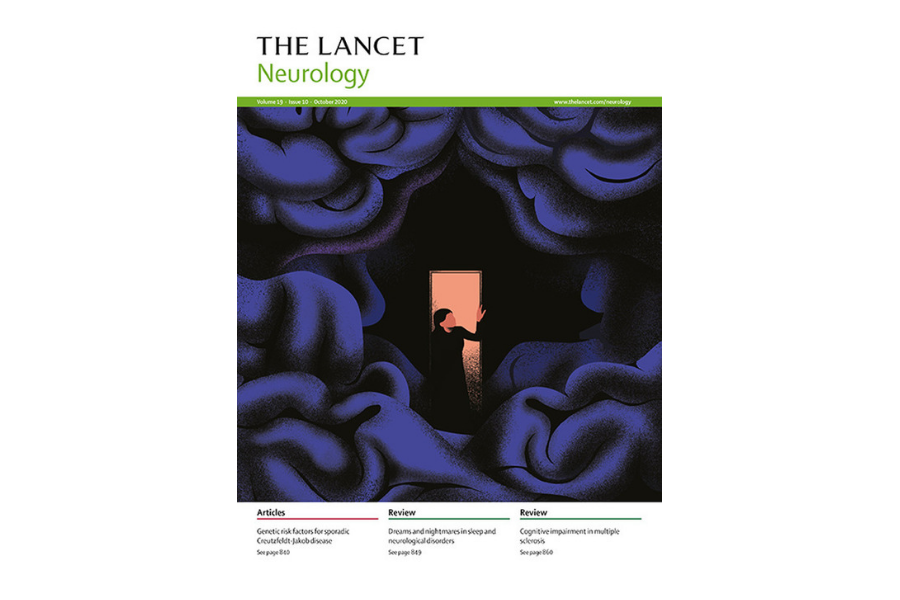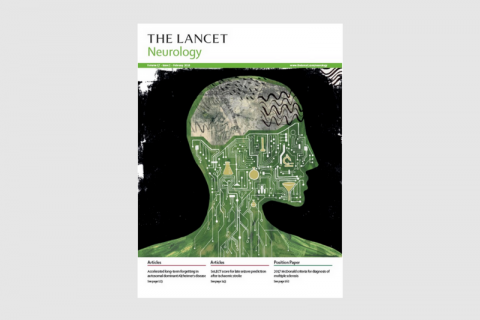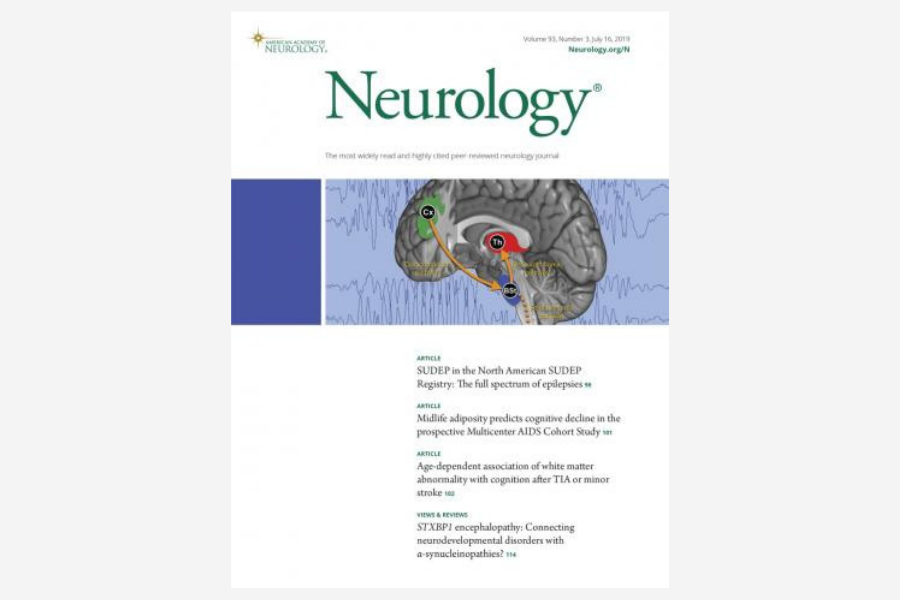
The Lancet Neurology
Fecha de publicación: October 2020
DOI: https://doi.org/10.1016/S1474-4422(20)30274-X
Autores: Carlo Condello, William F DeGrado, Stanley B Prusiner
Background: The deposition of extracellular amyloid β is one of the hallmarks of Alzheimer’s disease and cerebral amyloid angiopathy. The formation of amyloid fibrils is one manifestation of the misfolding and aggregation of amyloid β into a prion conformation, which then induces the misfolding of additional copies of amyloid β in a self-propagating process. Prions were first discovered for the PrP protein, 1 , 2 and are the cause of Creutzfeldt-Jakob disease and bovine spongiform encephalopathy. In 1994, soon after the discovery of PrP-prions, self-propagating forms of unrelated proteins in yeast and other fungi were found to have beneficial, rather than pathological, roles in these organisms. 3 Thus, prions mediate diverse processes in organisms separated by hundreds of millions of years of evolution. Given the early adoption of the term prion to describe these agents in all organisms, from fungi to humans, we do not agree with the suggestion to instead use the term proteopathic seed to describe aggregated proteins that adopt alternative shapes and undergo self-propagation, as Elsa Lauwers and colleagues 4 propose in their Personal View in The Lancet Neurology. To remove any ambiguity, we propose that the prion nomenclature should include the misfolding protein—eg, tau-prion, α-synuclein-prion, and amyloid β-prion.





